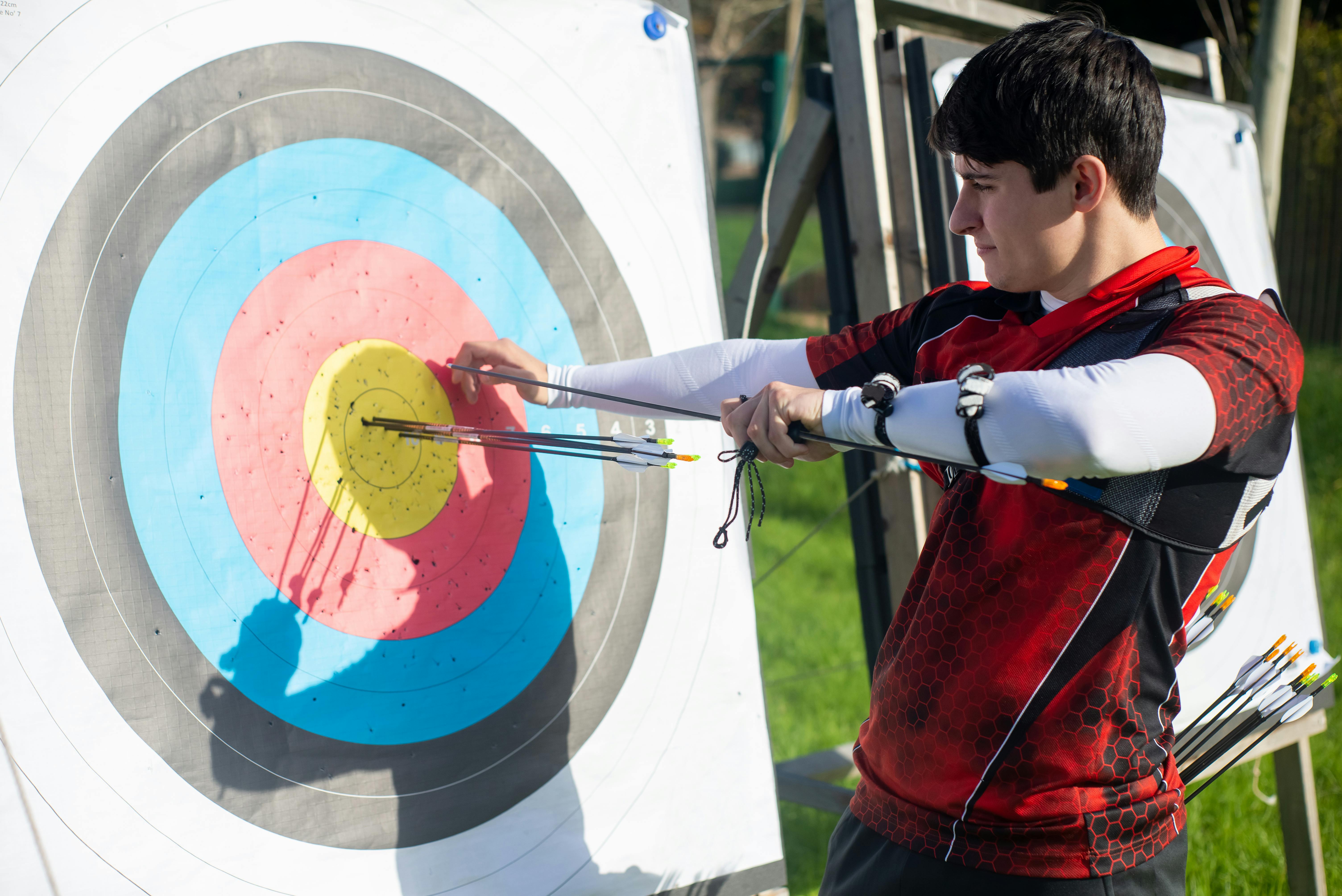Popular media portrayals of professional and collegiate athletes and coaches generally highlight inappropriate, sensational, and even self-serving behavior indicative of the troubling examples of acceptable sportsmanship modeled for our youth. While these inappropriate displays of behavior and sensationalized broadcasting do not reflect the norm within sport, it must be recognized that the shock factor of these multimedia-generated stories set the wrong example for the larger sports industry, and youth in particular. . Furthermore, the disappointing amount of attention given to examples of good sporting behavior in the news and media appears to represent a symbolic contribution to the normal headlines promoting arrests, corruption, cheating and fighting by athletes, spectators, parents and, lately, referees
Recent articles (US News and World Report, 2008) and editorials (Fox News, 2008), initiatives (see Sportsmanship/Foul Tracking: Empire 8, 2007; 2008; Game Environment and Sportsmanship Task Force Committee: NCAA, 2005 – present; Sportsmanship Intervention: Sun Belt Conference, 2008) and research studies (Kendall, 2004; Vermillion, Stoldt & Bass; 2009 Under Review) have sought to rationalize, identify, and remedy the paradox of perceived, experienced, interpreted, and remembered lack of sportsmanship in sports. at all levels of play.
Determining the root cause of the culture and climate erosion for good sportsmanship remains ambiguous. However, an unprecedented number of contributing factors may be to blame, including:
* Early specialization, year-round training and travel programs, maturity matching, motivational climates (intrinsic versus extrinsic orientations of the athlete and parents), psychological stress, burnout, and injury (Kontos & Malina, 2006)
* selection of highly competitive teams (Diaz, 2008)
* millennials + baby boomers = trophy kids (Hill, 2008)
* intercollegiate athletics arms race, new media, buying coach contracts; limited surveillance of college athletic programs (Knight Foundation Commission, 2007)
* marketing, production, packaging and marketing of youth sports as a product rather than as an experience (Marano, 2008)
* increased coaching contracts and expectations of income and championships
The volume and depth to which the display of unsportsmanlike conduct has been reported provides a worrying double standard for administrators; In other words, play and train like your heroes, but don’t act like them. The potential for social acceptance and reproduction of these behaviors seems evident as the normalcy of reporting and consumption continues (see PacMan Jones: LA Times.com, 2008; ESPN.com, 2007).
In light of the paradoxical nature of sport (Eitzen, 1999), as one that can promote positive benefits (Vail, 2005; SMG, 2005) and reap caustic consequences, it may be correct to designate sporting behavior as the critical ethical issue facing sport. youth. sports today.
Therefore, the critical problem facing youth sports researchers and practitioners will be to formulate a comprehensive perspective of the factors that contribute to sports behavior and engage in behavior modification programs accordingly.




